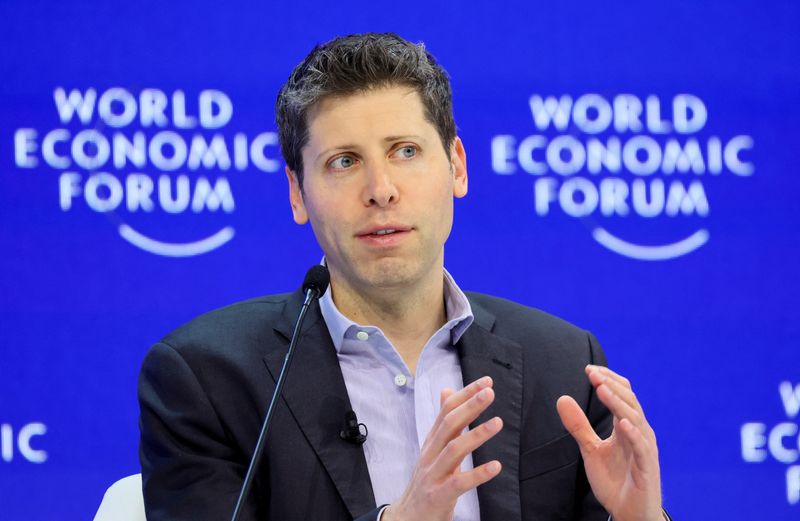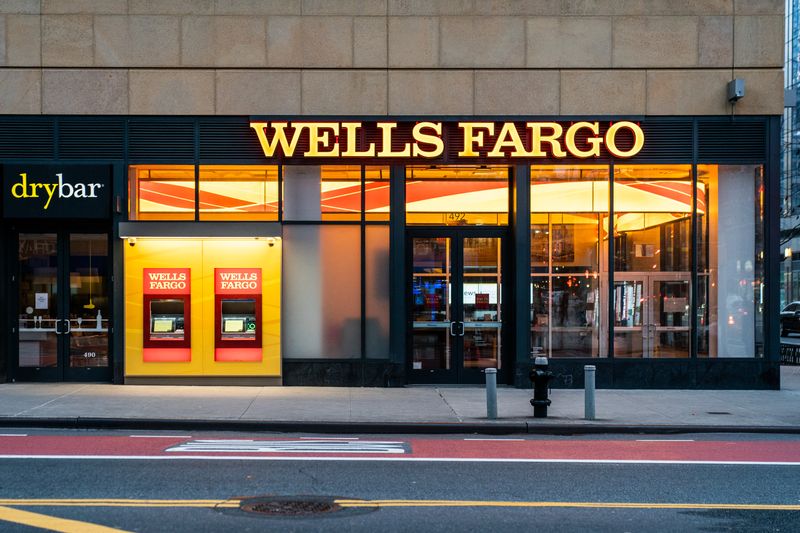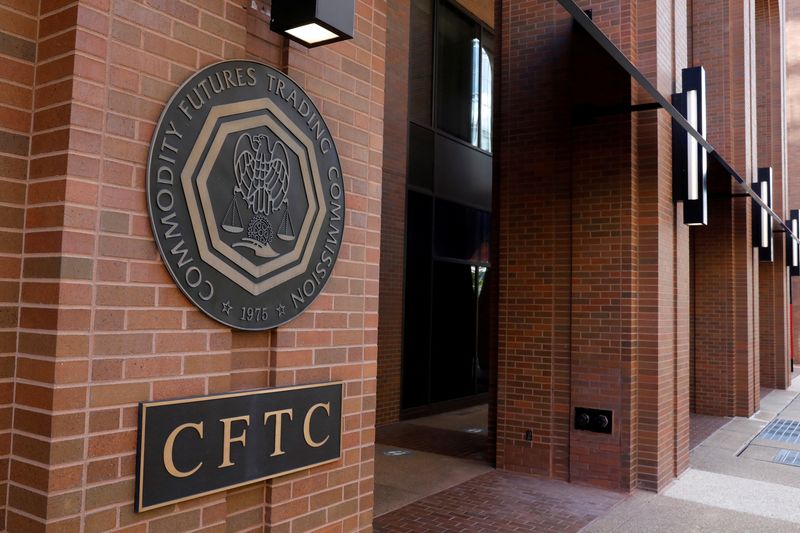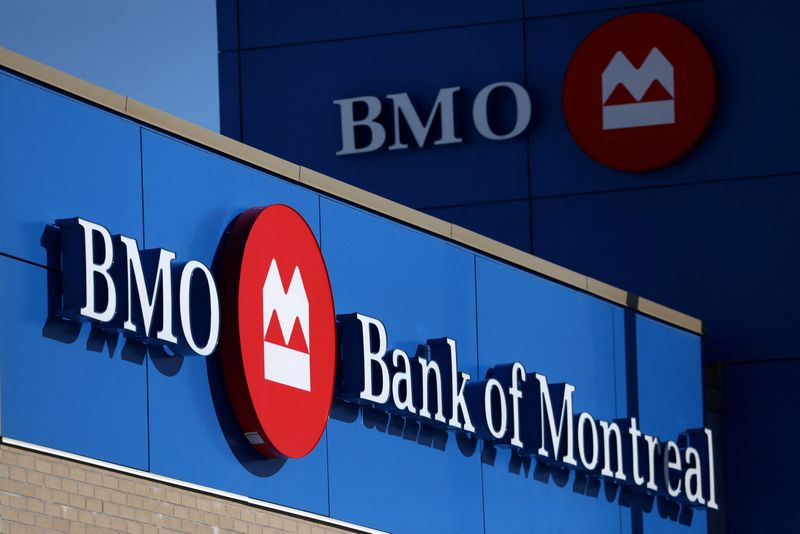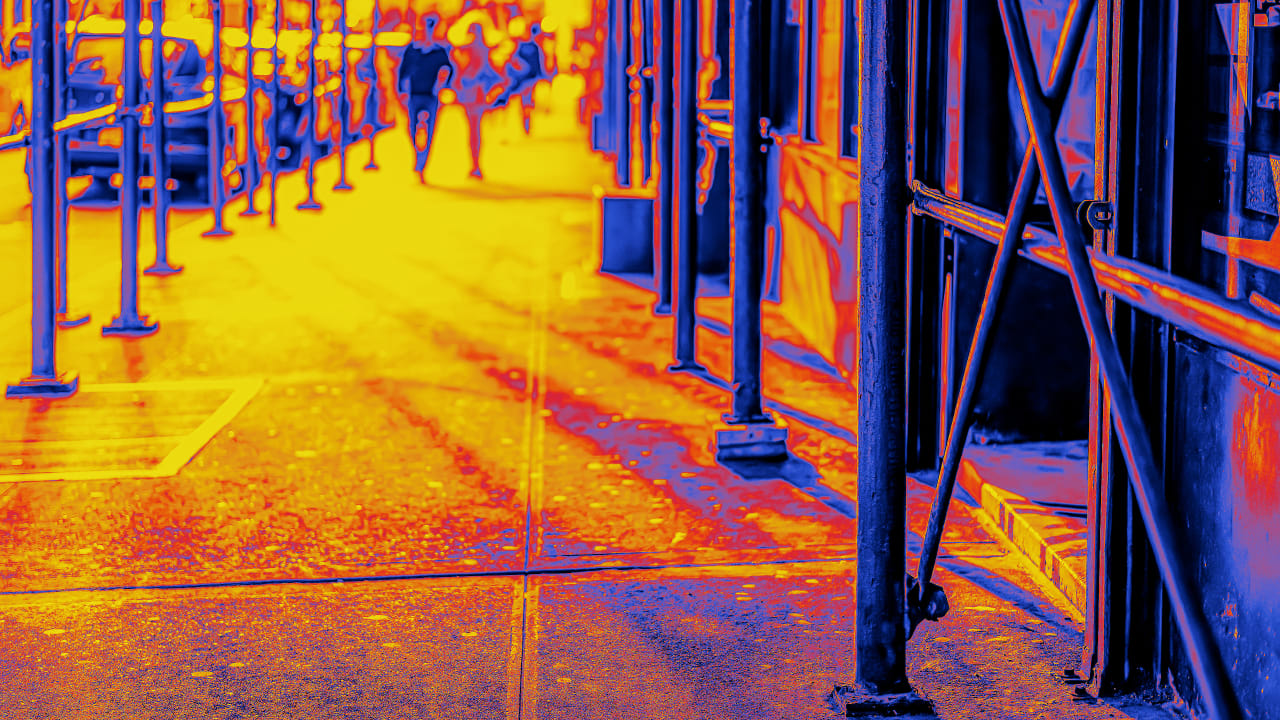
NYC says it’s winning the battle against scaffolding. Data says otherwise
Fast CompanyNew York City has declared war on ugly scaffolding. Turns out, the scaffolding is winning.
Last summer, Mayor Eric Adams announced a sweeping initiative to tackle the Big Apple’s longstanding problem with so-called sidewalk sheds—temporary construction structures that stretch around the bottoms of thousands of buildings throughout the five boroughs, ostensibly to protect passersby from falling debris. The unsightly green-paneled contraptions have long been a familiar sight to anyone who lives in or visits New York, blocking precious views, darkening sidewalks, obstructing signage for local businesses, and often staying up for years at a time.
But more than a year into the mayor’s Get Sheds Down plan, city data shows that the scaffolding problem is as bad as ever. By some measures it has even gotten worse. On Wednesday morning, an interactive map and spreadsheet run by the city’s Department of Buildings (DOB) identified 9,110 active sidewalk shed permits. That’s actually 42 more than the number permits that were active early last year, according to an archive of the spreadsheet.
Notably, the scourge has not really budged in scaffolding-heavy Manhattan, where 4,132 permits were active as of Wednesday, or 45% of the total. The data also shows an increase in total linear feet of scaffolding throughout the city: 2.1 million compared to 2.03 million in March of last year.
The apparent lack of progress may surprise some New Yorkers who have listened to a chorus of local officials spout off about their dedication to solving this problem in recent years. Across the city and state, vocal shed critics include everyone from various City Council members to lawmakers in Albany to New York’s commissioner of buildings.
Manhattan Borough President Mark Levine, who is exploring a run for city comptroller, outlined his own multistep Shed the Shed blueprint in early 2023 and has been consistently outspoken about the need for action. Levine’s office did not respond to a request for comment.
Slow-moving fixes
A dedicated webpage for the mayor’s Get Sheds Down initiative says the plan “incentivizes property owners to expedite building facade repairs so construction sheds on sidewalks don’t linger for years on our streets.” This week, Adams even boasted in a press release about how the city had removed more than 250 longstanding sheds since last summer, including the longest-standing one in the city, which had been a blight on a Harlem neighborhood for 21 years. And a nonprofit called 34th Street Partnership said it has seen improvement in its midtown Manhattan district, counting 20 sheds in June versus 31 last summer.
But stepped-up efforts to take down older sheds have not been enough to offset the Sisyphean challenge of dealing with all the new ones that sprout up like mushrooms. (Data shows active permits did dip earlier this year but have since crept up again.) As anyone who has witnessed a construction crew unloading metal poles onto a sidewalk and hammering away with abandon can tell you, the process of erecting a shed only takes a few hours. Once they’re up, they tend to stay up, even when no work is being performed on the building.
Reached for comment, the mayor’s office referred Fast Company to the DOB. In a statement, the department said it has in fact made strides against the worst offenders since last summer, but it also indicated that it has limited levers at its disposal in the absence of legislation from the City Council.
“Since July of last year, the department has made significant progress on the implementation of the city’s multifaceted Get Sheds Down plan, aimed at both compelling building owners to perform oft-delayed facade repairs so that long-standing sidewalk sheds can come down faster, while also improving the design of needed sheds so that, when up, they no longer detract from the pedestrian experience,” Andrew Rudansky, the DOB’s press secretary, told Fast Company. “While we have already started implementation for all of the elements of the plan that can be done by the administration unilaterally, we still look forward to the City Council taking legislative action on new enforcement tools to help get more sheds down faster.”
Not all sheds are purposeless, of course. New construction and imminent safety issues account for a chunk of them. But the most salient culprit is New York’s much-maligned Local Law 11, which requires that buildings over six stories tall be inspected every five years. Protective shedding is mandated when unsafe conditions are found, but the law effectively incentivizes property owners to keep sheds up in perpetuity because doing so is cheaper than making needed facade repairs.
For its part, the City Council’s housing and buildings committee held a hearing in June on a package of bills meant to address the problem, including a key proposal that would allow for tougher enforcement and fines. Testimony at the hearing came from a passionate group of diverse stakeholders—neighborhood community groups and landlords, to name a few—with near universal agreement that something has to be done.
At the same time, there was considerable disagreement over how effective the proposed legislation would actually be. (A few of the ideas were focused not on removing sheds but making them prettier, including one that would allow artwork on the structures.) While some who testified applauded the package, others said the proposals would mandate unrealistic timelines for completing the work necessary to take the sheds down, especially considering how hard it is to comply with existing safety regulations in the first place, they say.
“Leaving sheds up for longer than is needed is detrimental to us on all levels, and we do not require legislation as an impetus to remove them as soon as it is safely and legally possible,” noted one group of condo and co-op owners.
When a shed is not just a shed
For some New Yorkers, endless scaffolding is not merely an eyesore but a visual reminder of the bureaucracy, dysfunction, and gridlock that too often impedes the city’s progress. How is America’s biggest metropolis supposed to solve its most pressing ills when it can’t even manage to not erect a sea of structures that everyone seems to hate?
According to the city’s spreadsheet from Wednesday, roughly 41% of the active shed permits are the result of Local Law 11. (The remaining permits are identified as “construction or maintenance.”) That percentage appears to be relatively unchanged since early last year. The Wall Street Journal also cited a similar percentage in February when it added to the growing pile of anti-shed literature with a data visualization that revealed the extent of the problem.
The good news is, the city has commissioned a thorough review of Local Law 11’s effectiveness via Thornton Tomasetti, a consulting firm. With luck, the firm will discover what eight million New Yorkers already know: The process is very broken.
